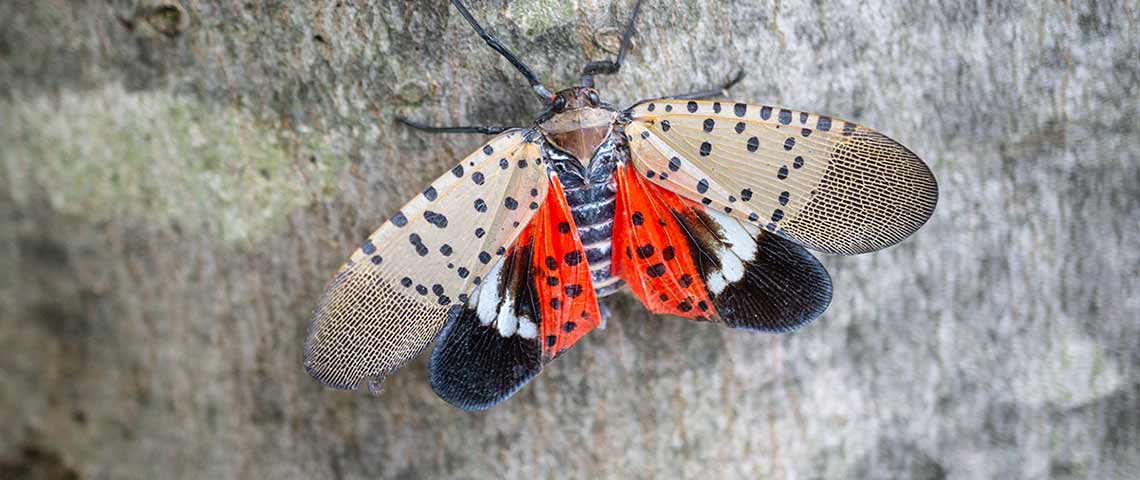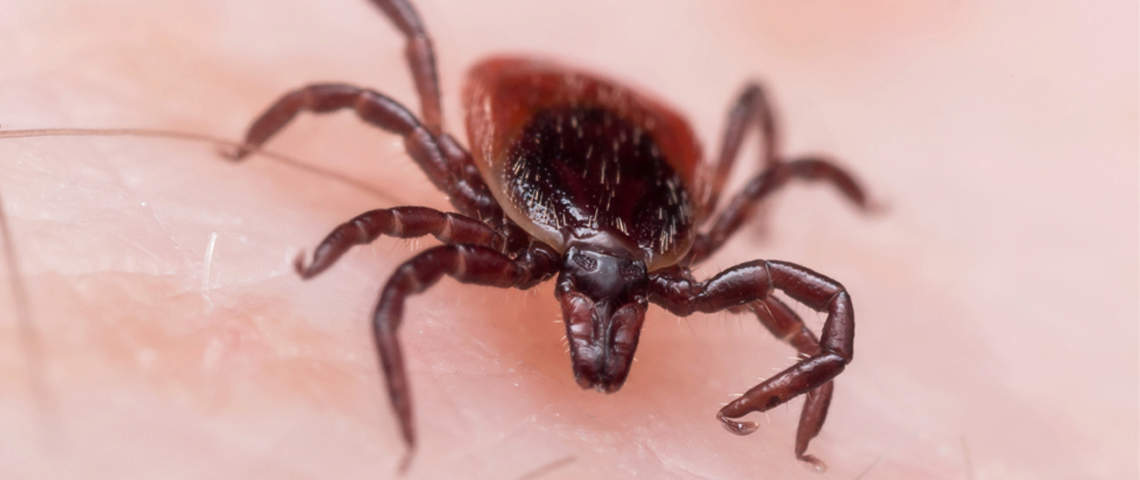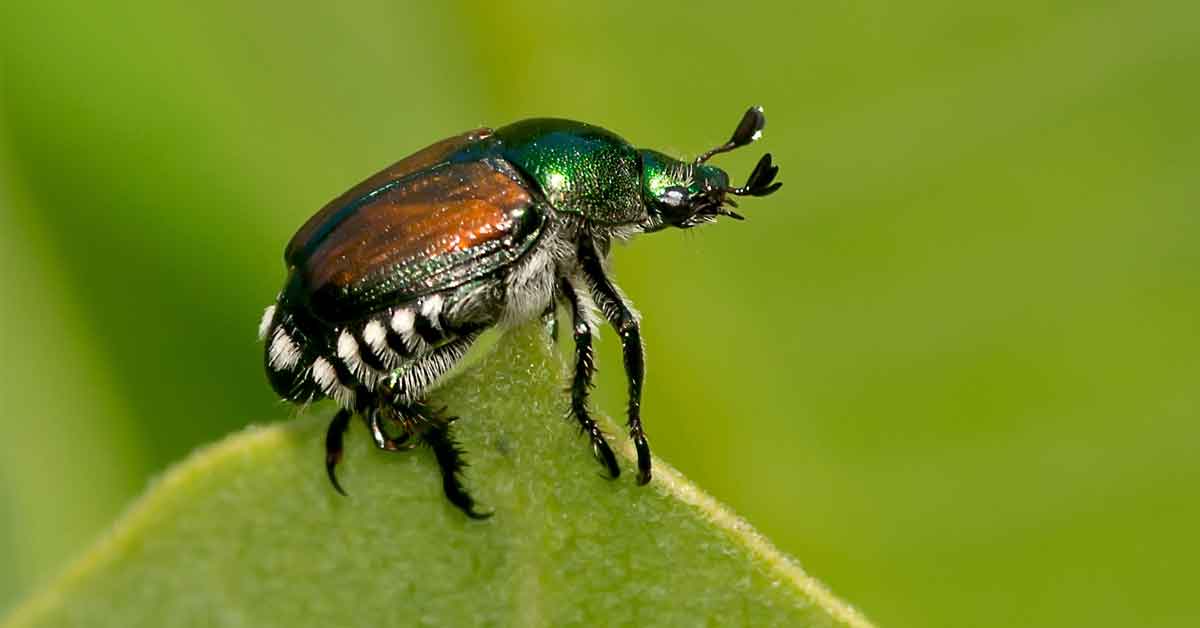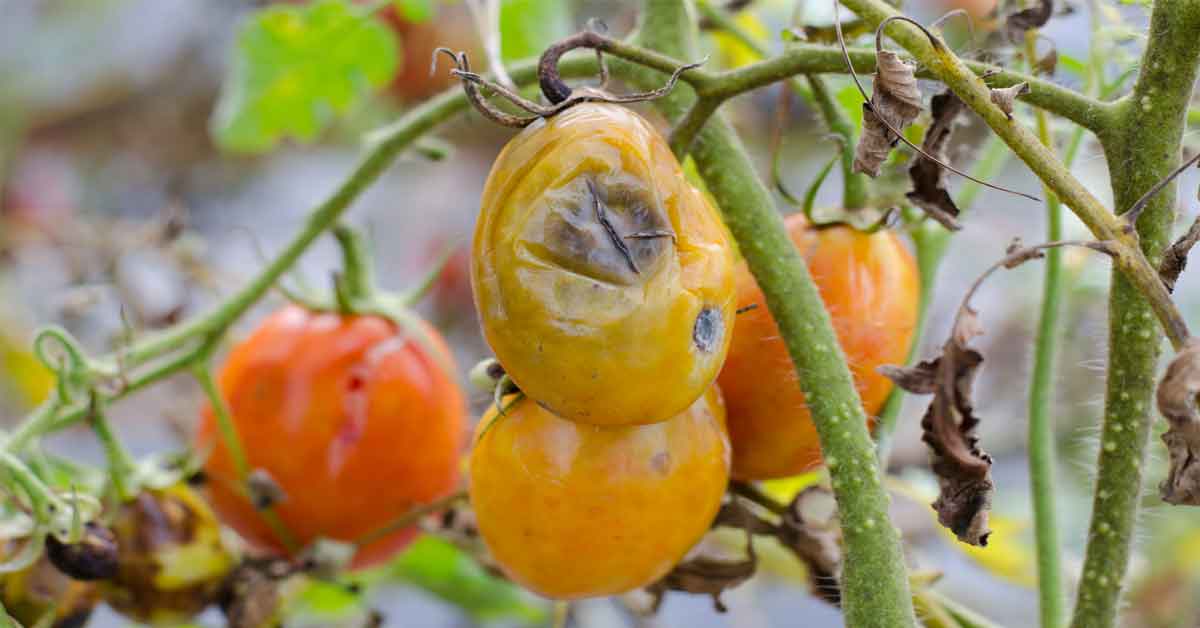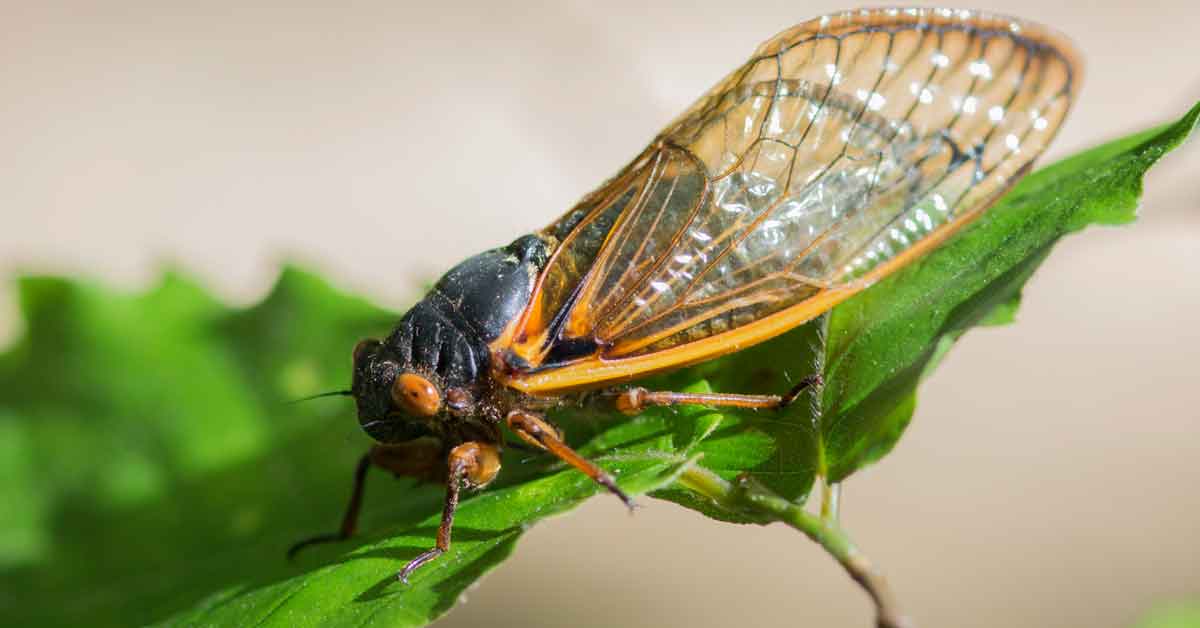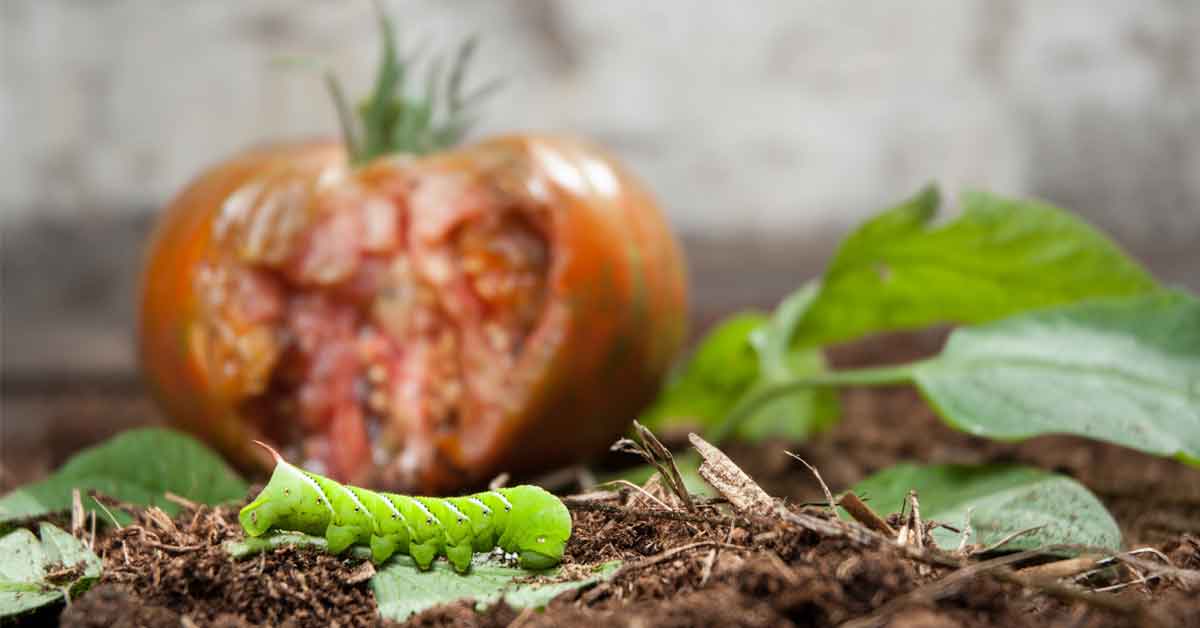How to Identify, Manage, and Prevent Spider Mite Damage
Mites are extremely small plant-eating pests that look like miniature spiders. But the tiny size of these destructive pests doesn't reflect the damage they can do. Few plants escape mite attacks, especially during hot, dry weather when plants are stressed. In cool climates, mites spend winter resting in soil. In warmer regions, these pests stay active and feed on plants year-round.
Web-spinning spider mites are one of the most common mite pests in gardens. Spider mites use their needle-like mouthparts to pierce plant tissue and suck the fluid from individual plant cells. While spider mites don't bite humans or pets, if you find them in your landscape, it should sound an alarm. These spider mite control basics can help you protect your plants from these damaging intruders and their harm.
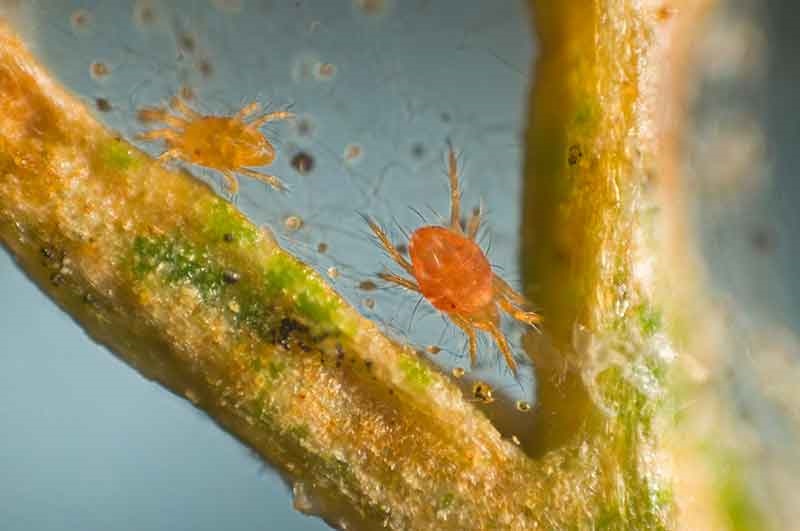
Despite their small size, spider mites cause extensive damage.
Identifying Spider Mites
Spider mites are so small you need a magnifying glass to see them in detail. To the naked eye, they look like tiny moving dots. But the webs they spin give them away.
If you see webs on your garden plants, check plant leaves for tiny visible holes or yellow and bronze spots. Those spots are where spider mites have been feeding on your plants. Webs distinguish spider mites from other types of mites and similar small pests that infest and damage plants, such as thrips and aphids.
When spider mites are present or you've had mite problems in the past, regular inspections of your plants are key to keeping your garden healthy and beautiful. Carefully check stems and leaves for webs, paying close attention to the undersides of leaves where mites congregate and hide.
Discovering early signs of spider mites can prevent widespread infestations and help prevent extensive damage to your plants.
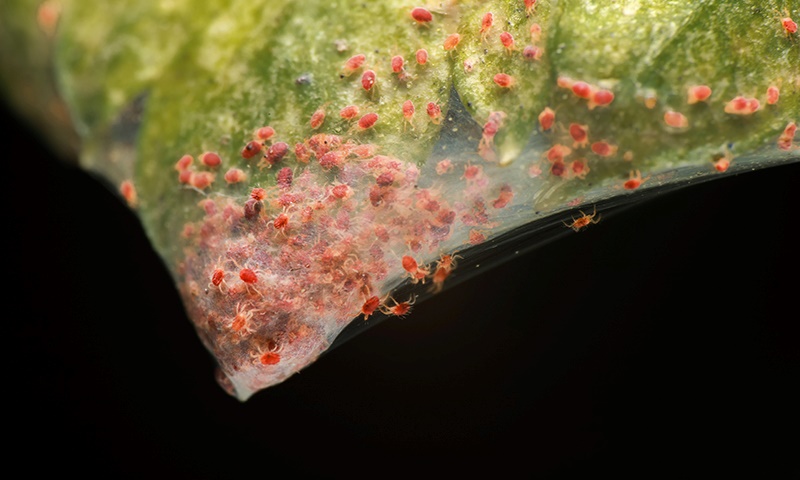
Web-spinning spider mites are common garden pests.
Controlling Spider Mites
Some beneficial insects or "good bugs" can keep spider mites in check in your landscape. If you have lacewing larvae, lady beetles or predatory insects in your garden, they may help control smaller mite populations. But even with good bugs on your side, mite populations can quickly get out of hand.
Spider mite populations large enough to cause visible plant damage require extra action to control these pests and protect your plants. Spider mites are not true insects, so not just any pest control product will work. But Sevin® brand has several products that can help.
For flowers and shrubs in ornamental landscapes, Sevin 3-in-1 Insect, Mite & Disease Control Flower and Shrub Ready To Spray kills listed insects, mites and fungal diseases that commonly attack landscape and garden plants. Just attach the convenient container to a normal garden hose, and you're ready to treat your landscape. The ready-to-spray container does the measuring and mixing for you as you spray.
Sevin Insect Killer Ready To Use2 kills spider mites and more than 700 listed pests on contact. Just shake the container well, then adjust your nozzle to control the width of your spray. Ready whenever you are, this convenient product treats mites on ornamental trees, shrubs, flowers and listed vegetables. For best results, treat at the first sign of spider mites and spray all plant surfaces, including both sides of leaves.
For 2-in-1 disease and pest control, Sevin Sulfur Dust starts working immediately to kill spider mites by contact and protect against harmful fungal diseases, too. Designed for use as a dust or a spray, this product can be used on ornamentals and edible plants listed on the label. Treat your plants at the first signs of mite damage. Don't worry — it won't harm plants or blooms.
Remember that when you use any type of pesticide product on an edible plant, check the product label first and make sure the plant is listed. Then follow the guidelines for the pre-harvest interval (PHI for short). The PHI is the length of time you must wait between treating your plants and harvesting your crops, and it varies according to the product and the crop involved.
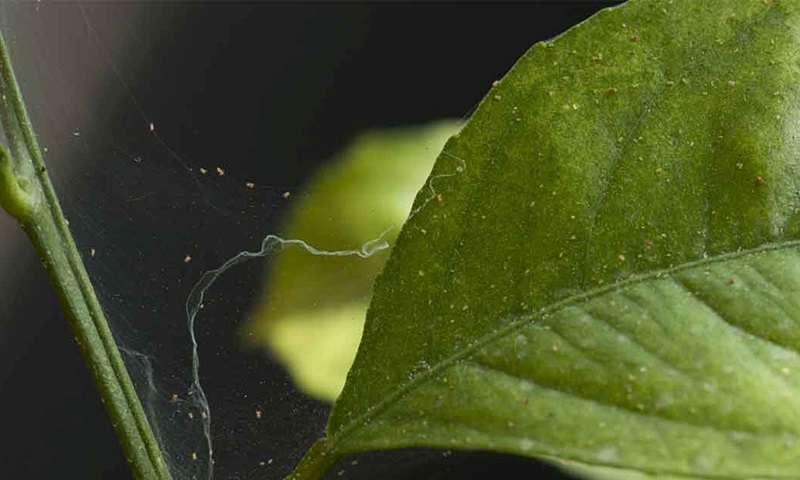
Some spider mites are difficult to see with the naked eye.
Recovering from Mite Damage
Plants with mite damage limited to just a few leaves will usually recover without any special care. But plants stressed by more significant spider mite damage may require extra attention to get back to their pre-mite state. These simple care steps can help:
-
Make sure your plant gets the appropriate amount of sunlight. Don't make any sudden changes in your plant's location or environment.
-
Keep soil moisture consistent so the soil is never soggy or too dried out.
-
Feed your plant with a gentle blend of natural and organic ingredients that work with nature, not against it. Proper nutrition helps strengthen plants against stress and drought.
-
Avoid transplanting affected plants until they stabilize and start producing new, healthy leaves.
With regular inspections and fast action when spider mite problems arise, you can stop mite damage and keep your plants beautiful and productive. With a hand from Sevin brand garden insecticides, even large spider mite infestations can be controlled.
Have a question about gardening or garden pest control? Talk to us. We're here to help you grow.
Always read product labels thoroughly and follow instructions, including guidelines for listed plants and pests, application frequency and pre-harvest intervals (PHI) for edible crops.
Sevin is a registered trademark of Tessenderlo Kerley, Inc.
Get Monthly Gardening Advice!


